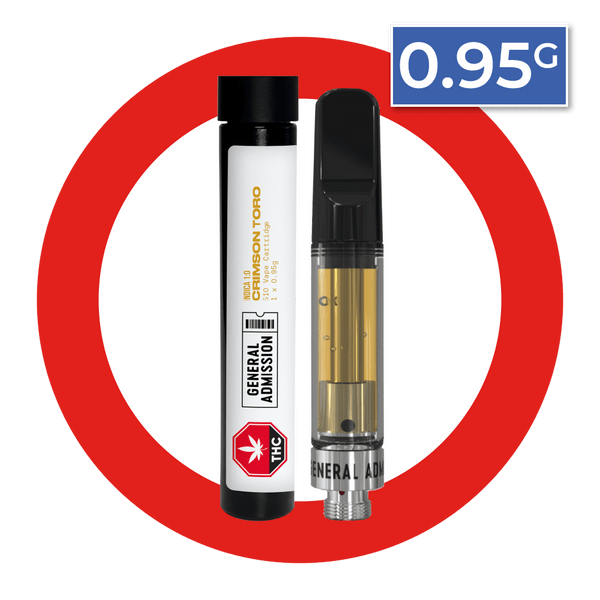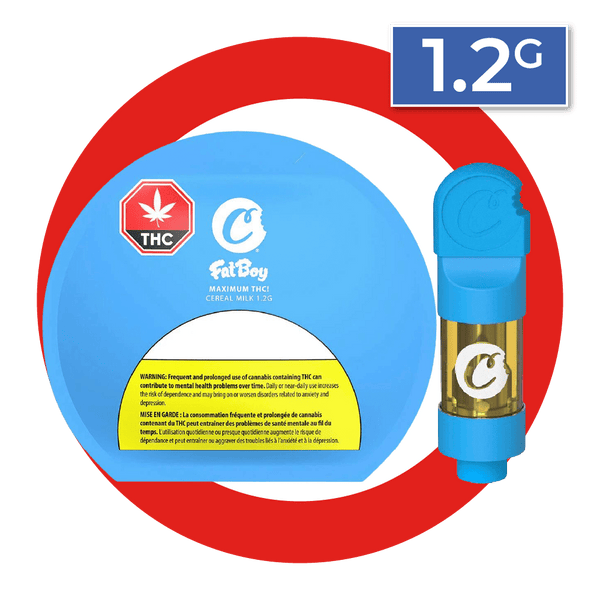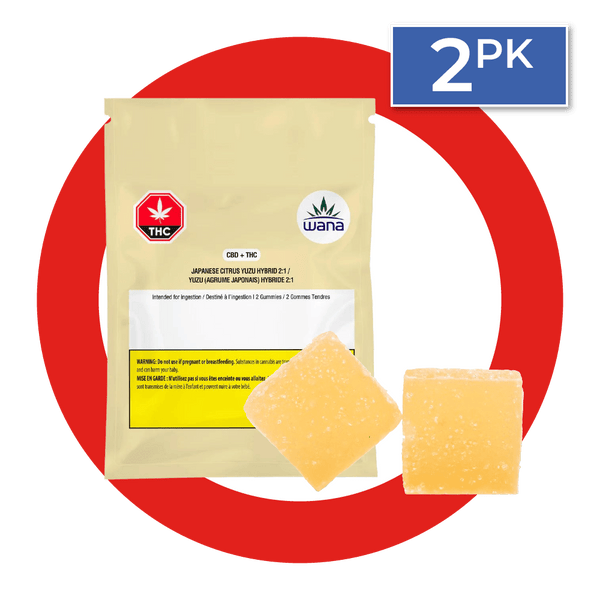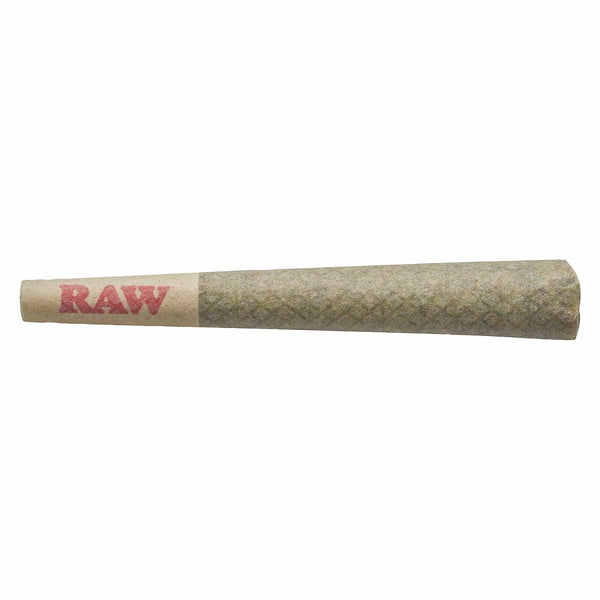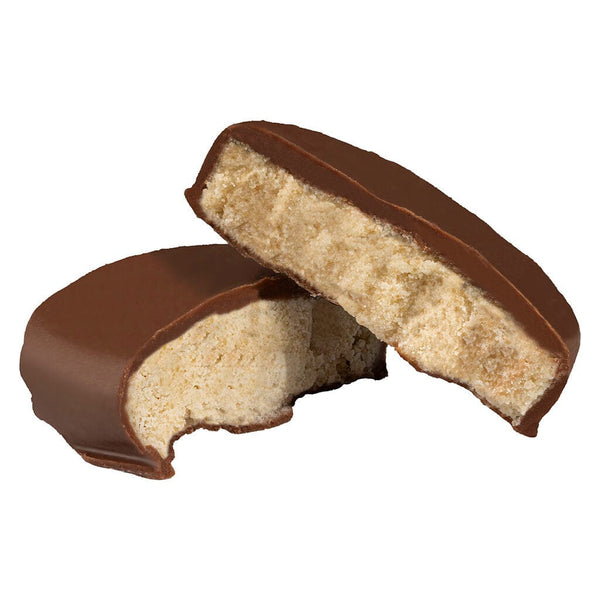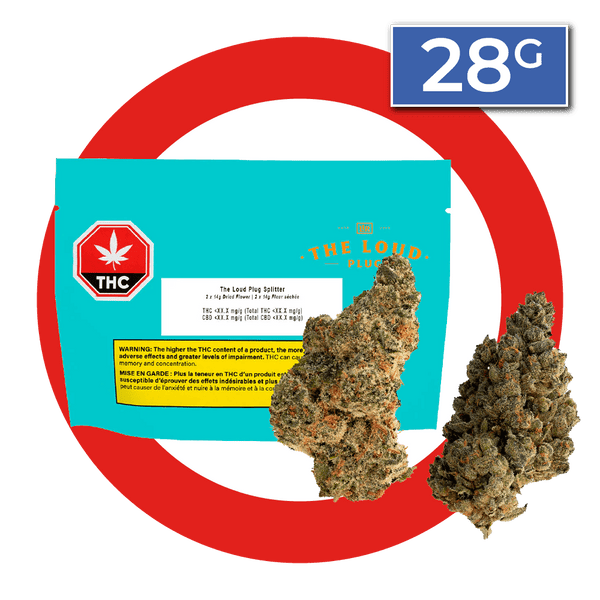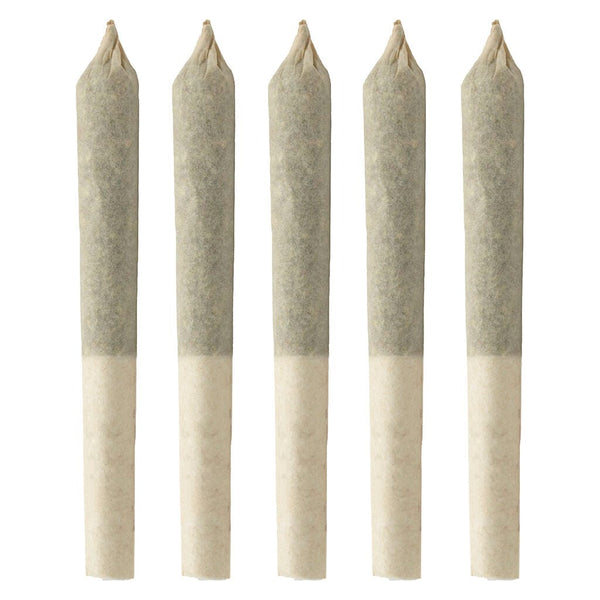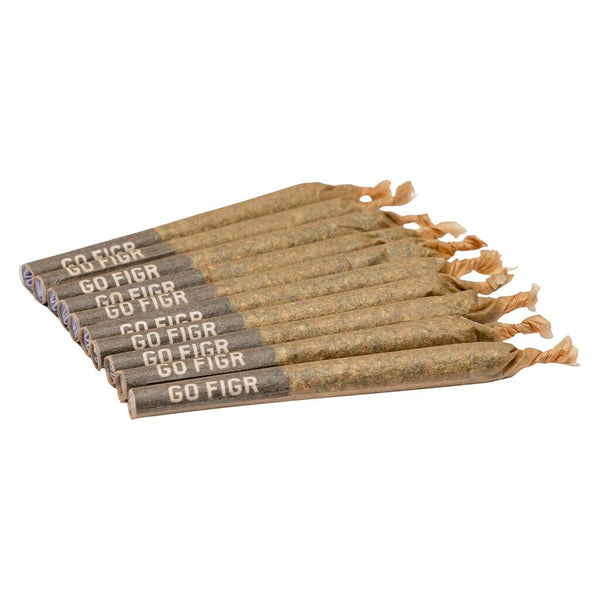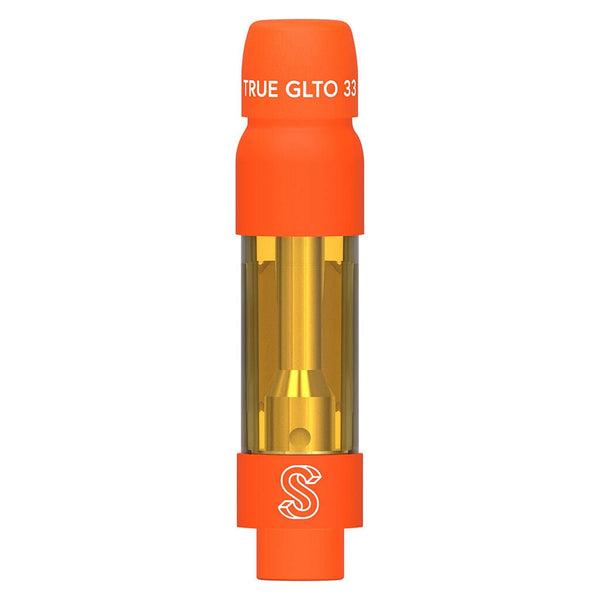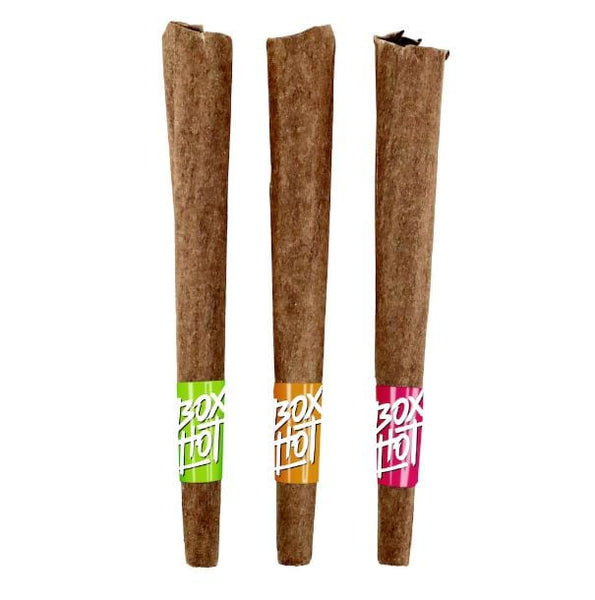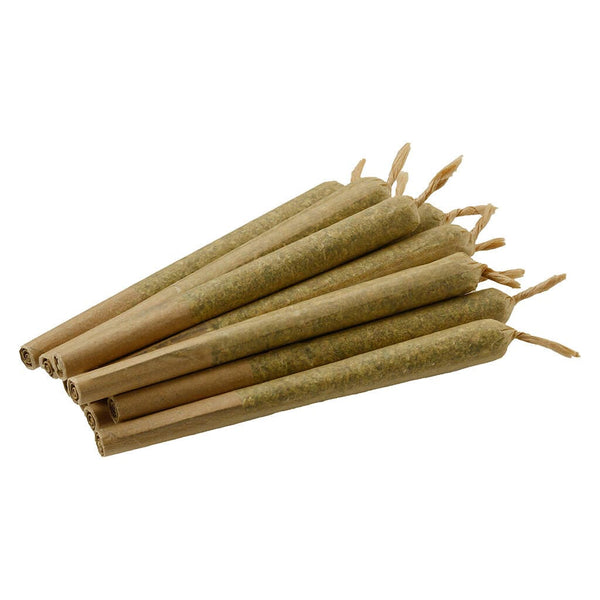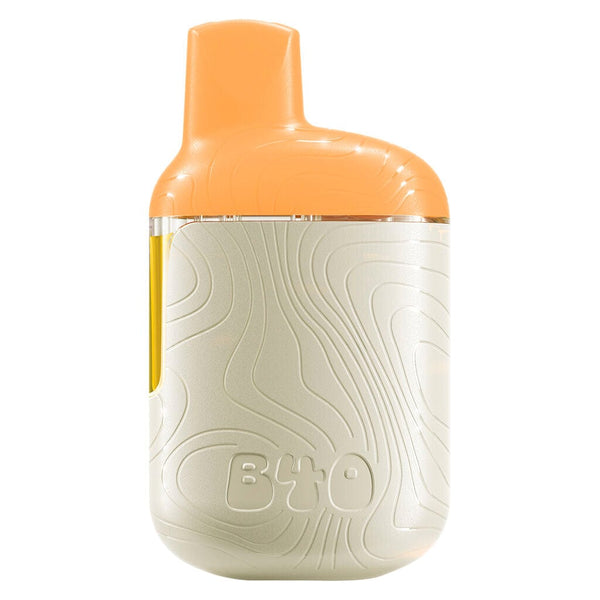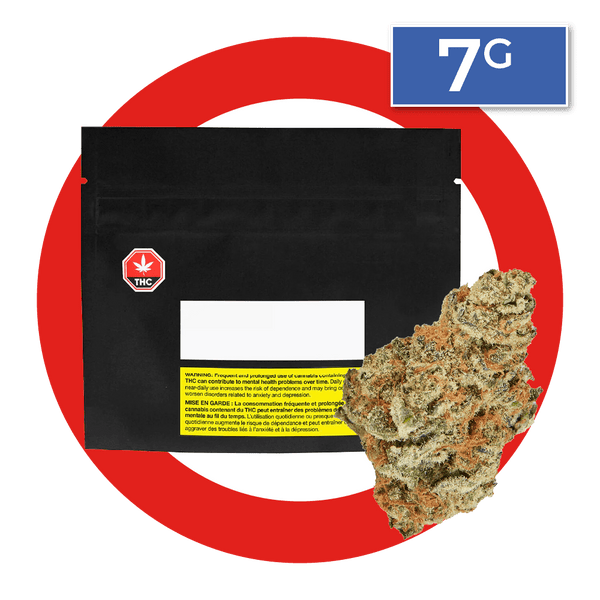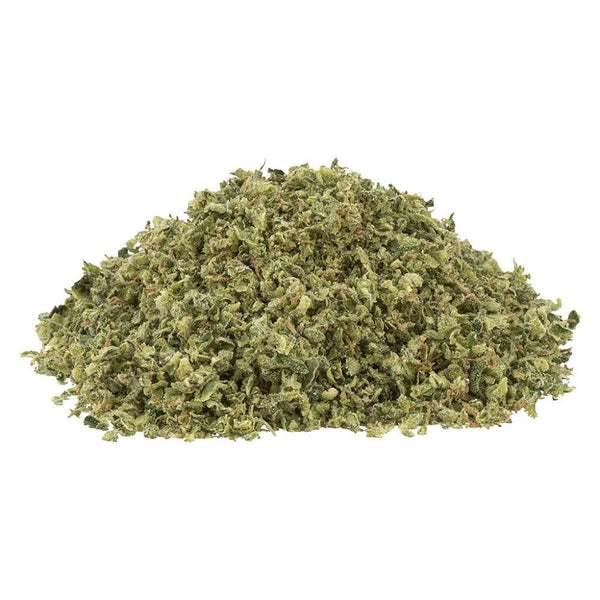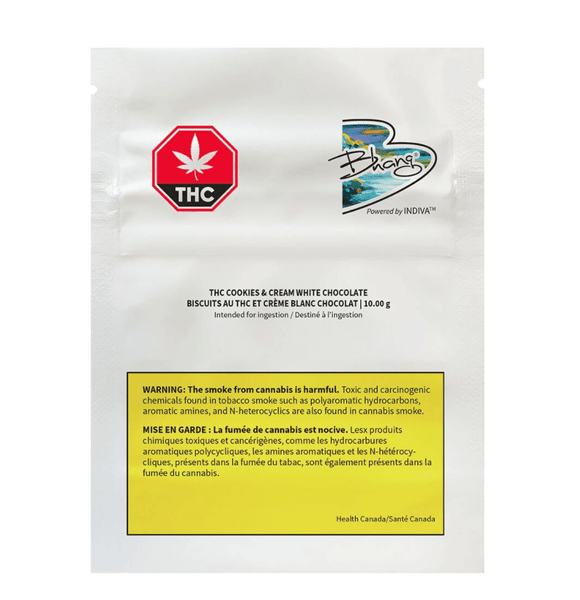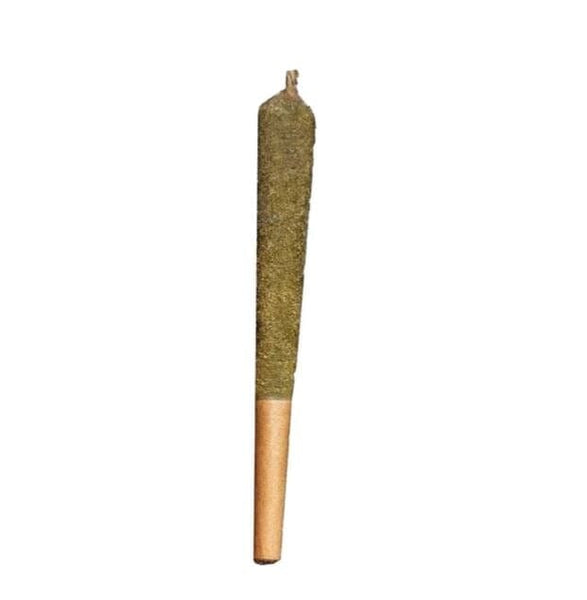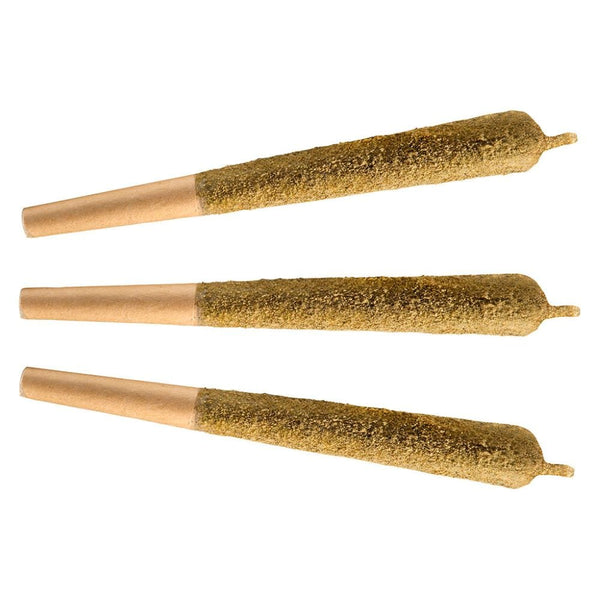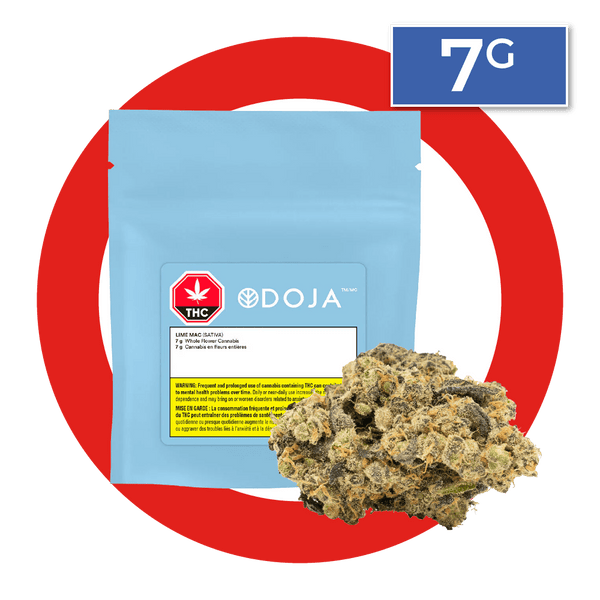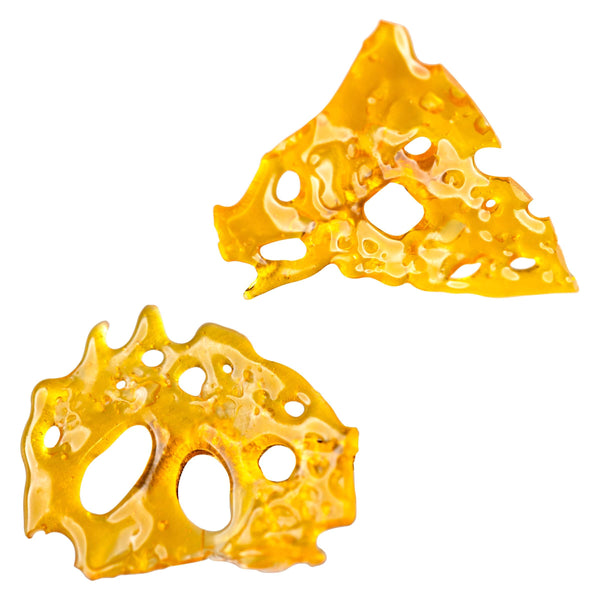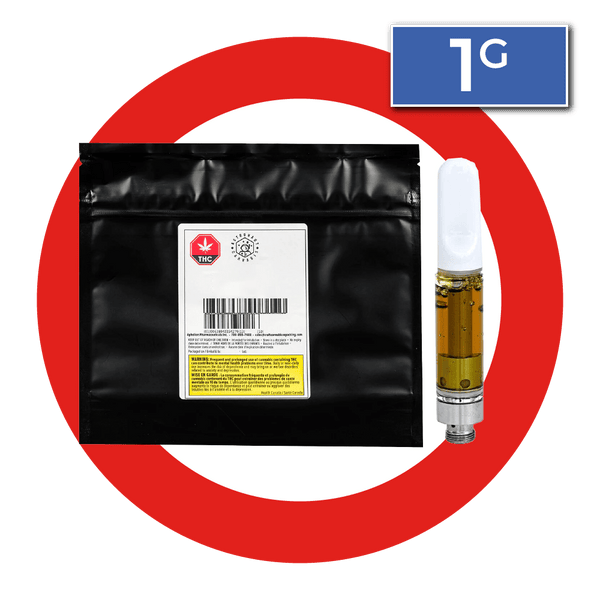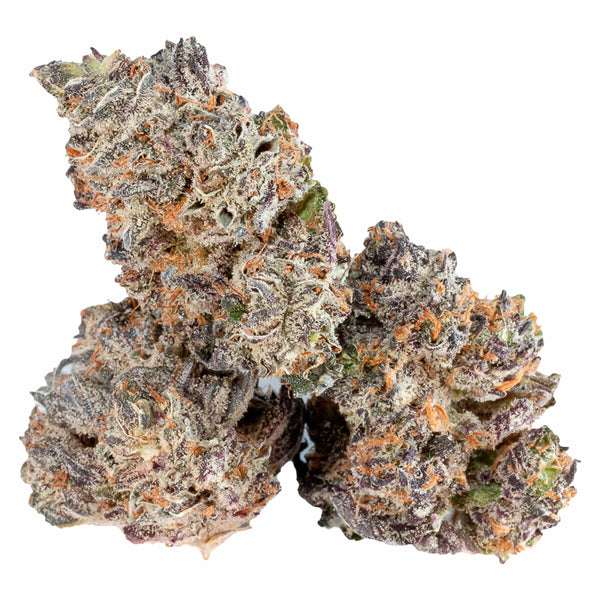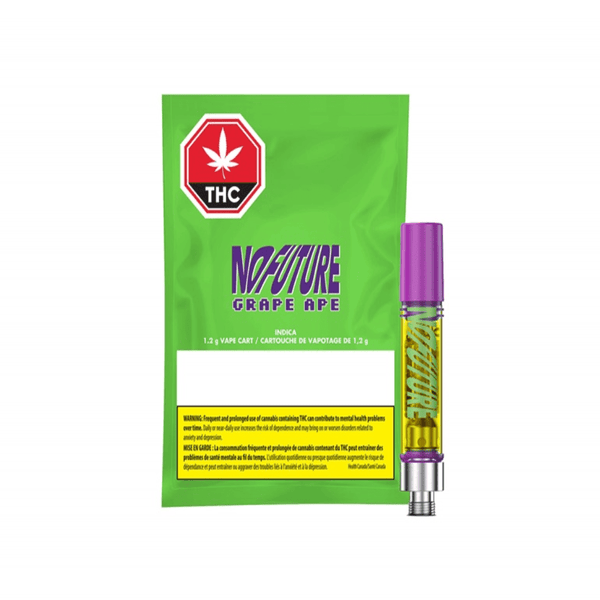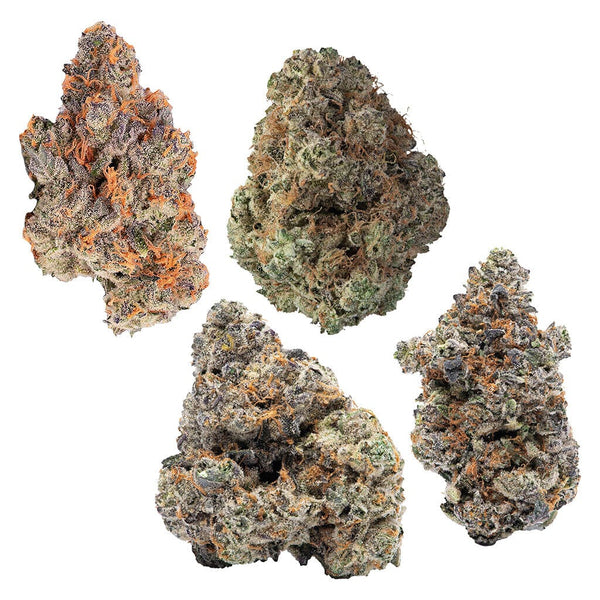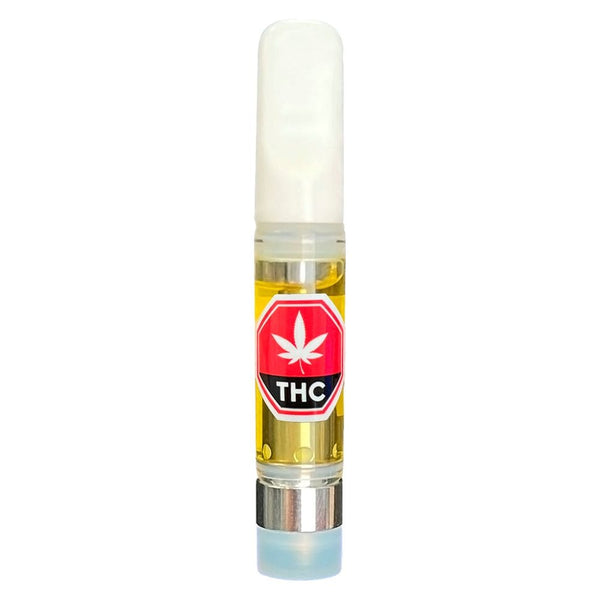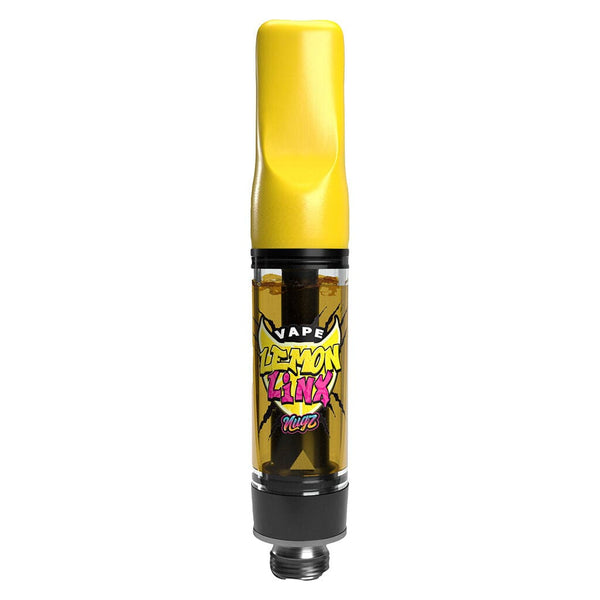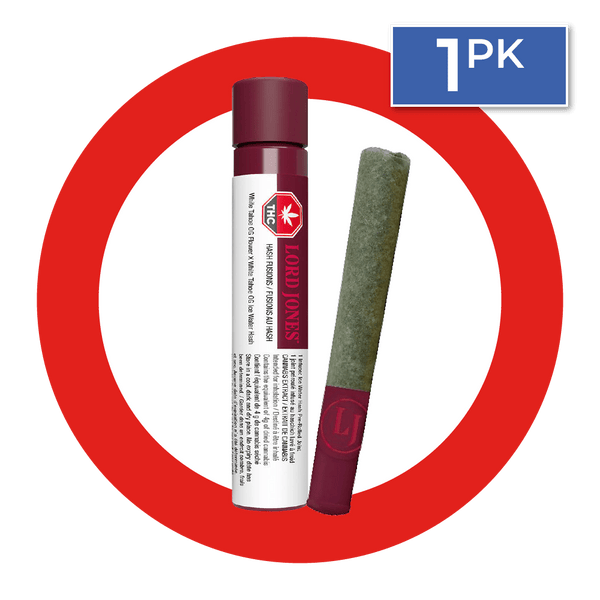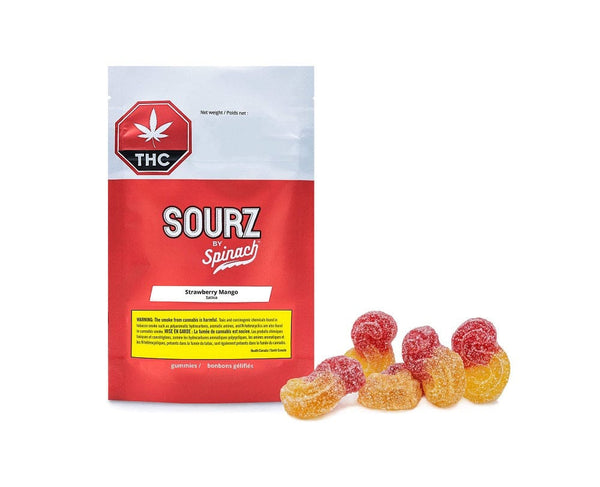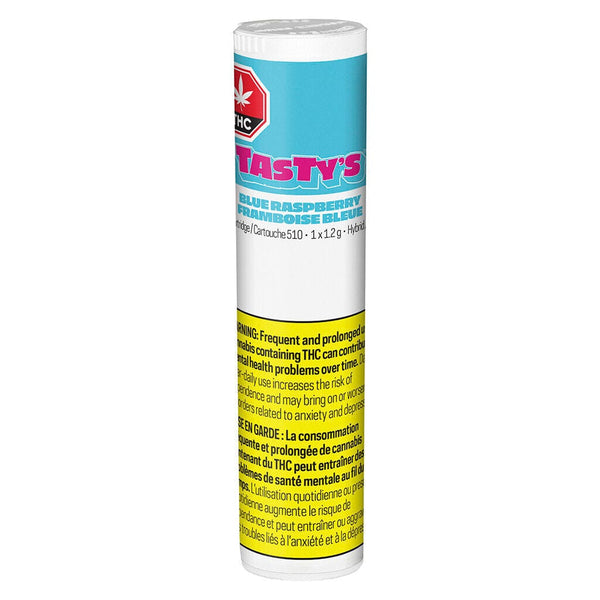
National Day for Truth and Reconciliation
Across Canada, September 30th marks the National Day for Truth and Reconciliation. This day honors those who did not return from the residential school system, survivors of the system, and their communities and families.
What is Orange Shirt Day?
The National Day for Truth and Reconciliation, also known as Orange Shirt Day, is a grassroots movement which began with a project envisioned by Esketemc (Alkali Lake) Chief Fred Robbins, a former residential school student, which brought together other former students and their families from several indigenous nations in 2013. The events in 2013 were meant to honor and witness the healing of residential school survivors and their families, and to commit to ongoing reconciliation.
Orange Shirt Day is a continuation of this project. The origin of the orange shirt is from a childhood memory of founding member Phyllis Webstad, a residential school survivor. As Phyllis recalls, on her first day of residential school at six years old, her new orange shirt bought by her grandmother was taken from her and never returned.
Held on September 30th, marking the time of year when children would be taken from their families, this is a day in which we discuss the legacy of residential schools, create bridges for reconciliation, and come together in the spirit of hope and healing. Orange Shirt Day gives us the message that from now on, Every Child Matters.
Understanding the visual symbols of Sept 30th
On or around September 30th, you may also see several symbols worn by friends, family, or on public and private buildings. Many symbols you see, like the orange shirts, are made in the colour orange to represent truth-telling and healing.
Apart from the shirt, you may also see symbols identical or similar to this image:

Each visual element is representative of a different idea or people.
- A central circle, for being together in the spirit of reconciliation
- A pathway, for the road to reconciliation
- An eagle, for the First Nations
- A narwhal, for the Inuit
- A beaded flower, for the Métis
More resources about the National Day for Truth and Reconciliation
If you'd like to learn more, or get involved, here are a few resources:
- Visit the Orange Shirt Society and read about the movement in their own words
- Listen to Phyllis Webstad speak on Orange Shirt Day and her experience
- Watch this education video with interviews from the Orange Shirt Day founders
- Support the movement and either wear an orange shirt created by the Orange Shirt Society, or wear anything else orange that you own, like a bandana, scarf, button, or pin
- Research local Orange Shirt Day events to attend on September 30th to connect with your community and their own stories
Traditional Territories Acknowledgement
Canna Cabana stores and offices are located on original lands of Indigenous nations. In the spirit of reconciliation, we acknowledge that we live, work, and learn on the traditional territories of:
Alberta
- Calgary, Southern Alberta (and Treaty 7 Region): Blackfoot Confederacy (Siksika, Kainai, Piikani), the Tsuut’ina, the Îyâxe Nakoda Nations, the Métis Nation (Region 3), and all people who make their homes on this land
- Banff Region (Treaty 7): Niitsitapi from the Blackfoot Confederacy, of whom the Siksika, Kainai, and Piikani First Nations are part; the Îyârhe Nakoda of the Chiniki, Bearspaw, and Wesley First Nations; the Tsuut’ina First Nation; the Métis Nation of Alberta, Region III within the historical Northwest Métis Homeland, and many others
- Edmonton (and Treaty 6 Region): Nêhiyaw / Cree, Dené, Anishinaabe (Ah-nish-in-ah-bay) / Saulteaux (So-toe), Nakota Isga / Nakota Sioux, Métis, and Niitsitapi / Blackfoot peoples, and all people who make their homes in the Treaty 6 region
- Grande Prairie (and Treaty 8 Region): Duncan's First Nation, Horse Lake First Nation and Sturgeon Lake Cree Nation, and all people who makes their homes on this land
Manitoba
- Winnipeg (and Treaty 1 Region): Anishinaabeg, Cree, Oji-Cree, Dakota, and Dene Peoples, and on the National Homeland of the Red River Métis
- Central and Northern Manitoba (and Treaty 5 region): Inninewak and Dene Peoples of the North
Ontario
- Sudbury (and surrounding area): Atikameksheng Anishnawbek and that the Wahnapitae First Nation
- Toronto and GTA: Mississaugas of the Credit, the Anishnabeg, the Chippewa, the Haudenosaunee and the Wendat peoples, and all people who make their homes on this land
- Ottawa (and surrounding region): Anishinaabe Algonquin Nation
- Thunder Bay: Fort William First Nation
Saskatchewan
- Regina, Moose Jaw, Swift Current (and Treaty 4 region): Nêhiyawak, Anihšināpēk, Dakota, Lakota, and Nakoda, and the homeland of the Métis/Michif Nation
- Saskatoon, Lloydminster, Prince Albert (and Treaty 6 region): Cree, Dene, Nakota, Saulteaux, and Ojibwe and the homeland of the Métis Nation
British Columbia
- Vancouver (and surrounding area): Musqueam, Squamish, and Tsleil-Waututh
- Fort St John (and Treaty 8 region): Dane-zaa peoples of the Doig River First Nation, Blueberry River First Nation, and Halfway River First Nation
We respect the Treaties that were made on these territories, we acknowledge the harms and mistakes of the past, and we dedicate ourselves to move forward in partnership with Indigenous communities in a spirit of reconciliation and collaboration.

 Dried Flower
Dried Flower
 Pre-Rolls
Pre-Rolls
 Milled Flower
Milled Flower
 Sativa Strains
Sativa Strains
 Indica Strains
Indica Strains
 Hybrid Strains
Hybrid Strains
 All Concentrates
All Concentrates
 Waxes
Waxes
 Diamonds / Crystals
Diamonds / Crystals
 Shatters
Shatters
 Live Resin
Live Resin
 Oils & Capsules
Oils & Capsules
 Hash & Kief
Hash & Kief
 Vape Cartridges
Vape Cartridges
 Infused Creams
Infused Creams
 Bath Bombs
Bath Bombs
 Edibles
Edibles
 Beverages
Beverages
 Gummies & Candies
Gummies & Candies
 Capsules & Soft Gels
Capsules & Soft Gels
 Chocolates
Chocolates
 Baked Goods
Baked Goods
 Breath Strips
Breath Strips
 Bongs
Bongs
 Bong Accessories
Bong Accessories
 Dab Rigs
Dab Rigs
 Dabbing Accessories
Dabbing Accessories
 Vaporizers
Vaporizers
 Bubbler Pipes
Bubbler Pipes
 Hand Pipes
Hand Pipes
 Papers & Wraps
Papers & Wraps
 Rolling Supplies
Rolling Supplies
 Storage
Storage


